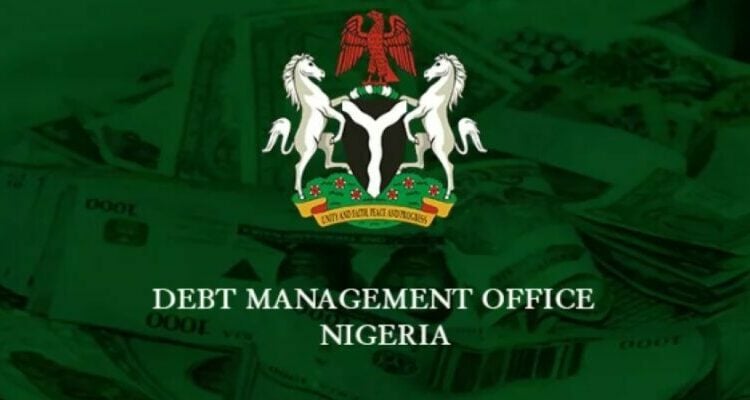Nigeria’s total public debt has climbed to N152.40 trillion as of June 30, 2025, according to the latest update from the Debt Management Office (DMO) released on Saturday.
The figure reflects an increase of N3.01 trillion from the N149.39 trillion recorded at the end of March 2025—representing a 2.01 per cent rise over the three-month period. In dollar terms, the debt grew from $97.24 billion to $99.66 billion, indicating a 2.49 per cent increase.
According to the DMO breakdown, the Federal Government accounted for N141.08 trillion, or 92.6 per cent of the total public debt. This includes N64.49 trillion in external borrowings and N76.59 trillion in domestic debt.
The data highlights the government’s sustained dependence on both local and foreign loans to bridge fiscal shortfalls amid ongoing reforms in revenue mobilisation and foreign exchange policy.
Further analysis showed that Nigeria’s external debt stood at $46.98 billion (N71.85 trillion) by June 2025, compared to $45.98 billion (N70.63 trillion) in March.
The World Bank remains the country’s biggest external creditor with $18.04 billion, largely from the International Development Association (IDA) window, accounting for about 38 per cent of total external obligations.
Multilateral creditors collectively hold $23.19 billion, or 49.4 per cent, of the external debt. Other key multilateral partners included the African Development Bank (AfDB), International Monetary Fund (IMF), and Islamic Development Bank (IsDB).
Bilateral loans were estimated at $6.20 billion, with the Export-Import Bank of China leading at $4.91 billion, followed by smaller exposures to France, Japan, India, and Germany.
Commercial borrowings—mainly Eurobonds—were valued at $17.32 billion, representing 36.9 per cent of the total external portfolio, while syndicated facilities and commercial bank loans amounted to $268.9 million.
Analysts, however, warned that the country’s substantial exposure to Eurobonds increases vulnerability to global market volatility, while its reliance on concessional multilateral financing underscored lingering fiscal weaknesses and limited access to low-cost credit.
Domestically, Nigeria’s debt profile rose to N80.55 trillion in June, up from N78.76 trillion in March—an increment of N1.79 trillion or 2.27 per cent.
Federal Government bonds dominated the local debt component at N60.65 trillion, representing 79.2 per cent of total domestic liabilities. This figure includes N36.52 trillion in FGN bonds, N22.72 trillion from the securitised Ways and Means advances obtained from the Central Bank of Nigeria, and N1.40 trillion in dollar-denominated bonds.
Other components of domestic debt include N12.76 trillion in Treasury bills (16.7 per cent), N1.29 trillion in Sukuk bonds, N91.53 billion in savings bonds, N62.36 billion in green bonds, and N1.73 trillion in promissory notes.
The securitisation of the CBN’s Ways and Means lending—essentially converting overdrafts into long-term obligations—reflects the fiscal constraints confronting the Tinubu administration, even as it moves to enforce monetary discipline and strengthen investor confidence in the economy.





